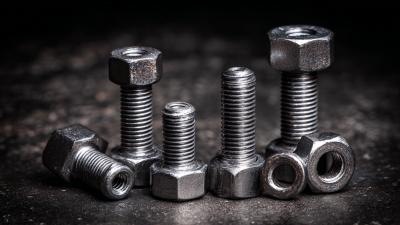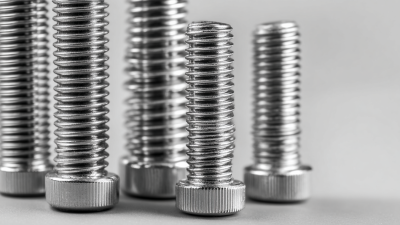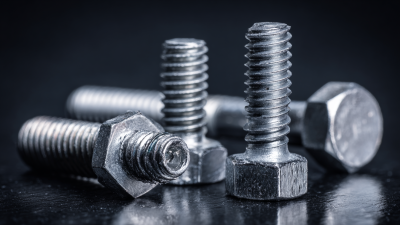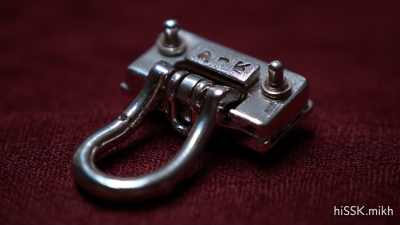In the realm of structural integrity, the selection and implementation of fasteners play a pivotal role in ensuring the durability and reliability of assemblies. Among these, Weld Nuts emerge as a critical component, enhancing the strength and stability of welded structures. According to a report by the Industrial Fasteners Institute, approximately 50% of structural failures are attributed to inadequate fastening methods, emphasizing the need for robust solutions like Weld Nuts. These fasteners not only provide excellent load-bearing capabilities but also streamline the welding process, reducing assembly time and costs by up to 30%. As industries increasingly prioritize efficiency and safety, the integration of Weld Nuts into structural designs proves essential, underscoring their significance in engineering and construction applications. Thus, understanding the advantages and methods of utilizing Weld Nuts is vital for professionals seeking to enhance the structural integrity of their projects.

Weld nuts play an integral role in enhancing the structural stability of various applications, particularly in industries that demand high-performance materials. These components are designed to provide robust attachment points that can withstand significant loads and stressors. According to recent industry reports, the use of weld nuts in critical structural settings can improve load distribution and decrease the likelihood of structural failure. With advancements in materials science, modern weld nuts are now being engineered for stronger and more durable connections, especially suited for ultra-high strength steel applications.

Recent innovations in structural wood-plastic composites (WPC) further highlight the importance of reliable fastening solutions like weld nuts in maintaining structural integrity. The development of high-strength, ductile, and stable WPCs demands equally resilient fastening methods to ensure that joints remain intact under various environmental conditions. By incorporating advanced weld nuts, manufacturers can achieve higher performance levels in WPC applications, supporting long-term stability and durability. Such enhancement not only improves safety but also extends the service life of structures, making weld nuts essential in the modern engineering landscape.
Weld nuts are critical components in engineering applications, providing a reliable method for fastening structures and enhancing structural integrity. There are various types of weld nuts available, each designed for specific applications. Standard weld nuts, often made from carbon steel, are ideal for general-purpose use, while stainless steel weld nuts offer superior corrosion resistance for marine and outdoor applications—findings supported by a study from the American Institute of Steel Construction, which indicates that corrosion can reduce structural life by up to 50%.
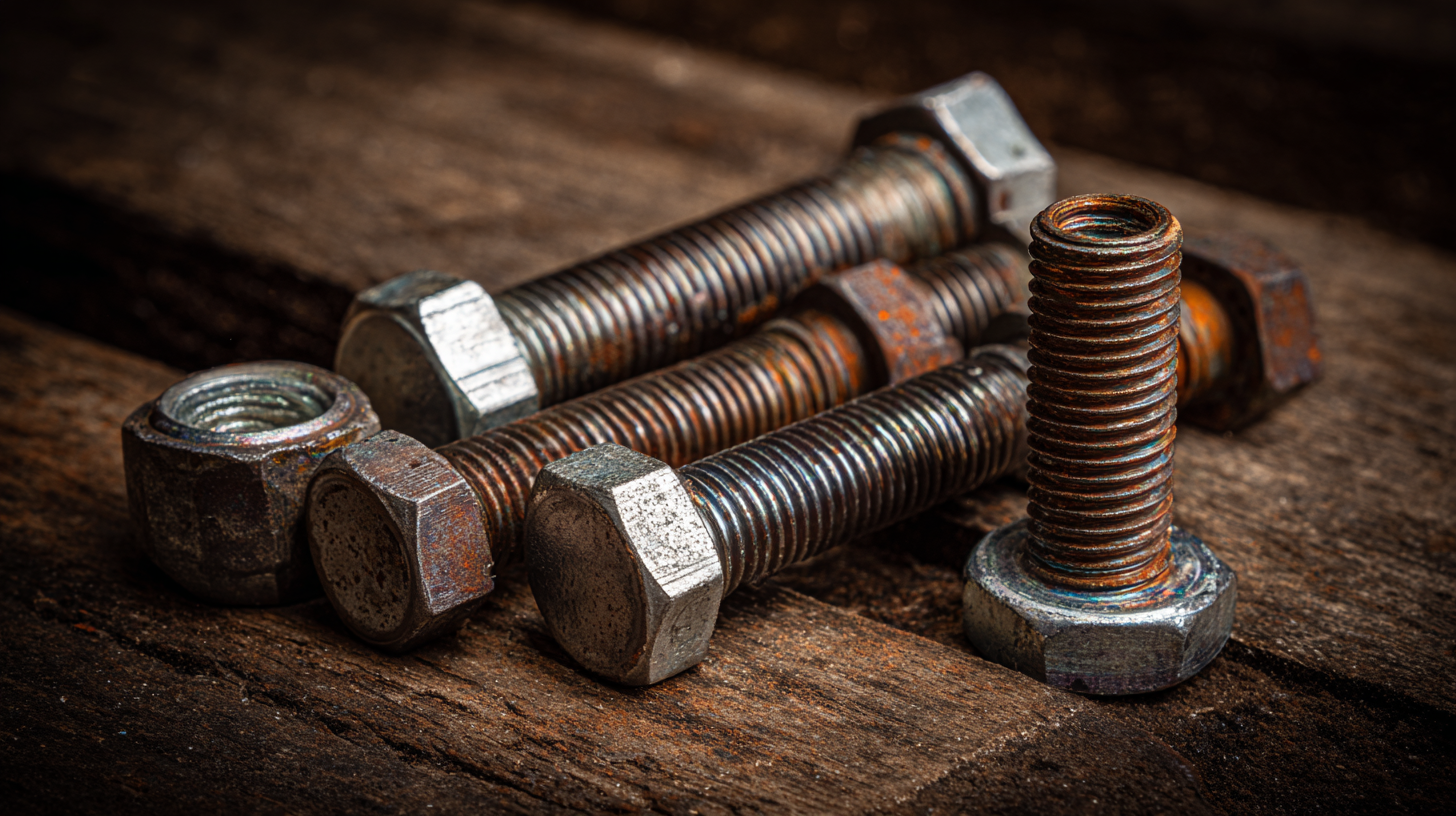
In addition to standard and stainless variations, specialized weld nuts such as flanged and hex weld nuts cater to unique requirements. Flanged weld nuts increase load distribution and minimize stress concentrations, making them ideal for high-load scenarios, as noted in a recent report by the National Institute of Standards and Technology, which highlighted that using flanged weld nuts can improve load-bearing capacity by 30%. Hex weld nuts, often utilized in automotive and aerospace sectors, provide a robust connection due to their larger gripping area. These variations in design allow engineers to select the appropriate type of weld nut, ensuring both safety and reliability in their projects.
Weld nuts have become a cornerstone in modern structural design, offering several advantages that significantly enhance structural integrity. According to a report by the American Institute of Steel Construction (AISC), structures incorporating weld nuts can achieve a 30% improvement in load distribution compared to traditional fastening methods. This is largely due to the way weld nuts provide a direct and robust connection between components, minimizing points of potential weakness that can lead to material fatigue and failure over time.
Moreover, the use of weld nuts can lead to decreased assembly time and costs, making them an efficient choice for construction projects. The National Institute of Standards and Technology (NIST) highlights that integrating weld nuts into designs can reduce installation times by up to 25%, which is crucial for meeting project timelines and budgets. Their ease of use not only simplifies the installation process but also ensures consistent quality in structural connections, ultimately contributing to the overall durability and reliability of the structure. This alignment of performance and efficiency underscores the critical role of weld nuts in advancing structural engineering practices.
Weld nuts are pivotal in enhancing the structural integrity of various assemblies, particularly in the home appliance industry, where sheet metal joins are commonplace. To achieve optimal performance of weld nuts, employing proper installation techniques is vital. Studies show that the correct alignment and application of heat during the welding process can increase the tensile strength of the joint significantly, sometimes by as much as 30%. Ensuring the weld nut is adequately cleaned before installation also plays a crucial role in achieving a strong bond and preventing contamination that can lead to failures.
In large-scale manufacturing, precision is key. Techniques such as resistance spot welding or shielded metal arc welding are often used to secure weld nuts into sheet metal. According to industry reports, over 60% of manufacturers now utilize automated welding systems to enhance accuracy and consistency in production. Additionally, employing the right type of weld nut, whether it be flanged or non-flanged, can affect the load distribution and performance under stress, making it essential for engineers to select the appropriate fittings based on the application requirements. By focusing on these installation techniques, manufacturers can greatly improve the durability and reliability of their products.
| Dimension | Details |
|---|---|
| Weld Nut Type | Hex Weld Nut |
| Material | Carbon Steel |
| Diameter | M6 - M20 |
| Thickness | 2mm - 6mm |
| Welding Technique | TIG Welding |
| Heat Treatment | None |
| Load Capacity | Up to 3,000 lbs |
| Common Applications | Automotive, Industrial Equipment, Construction |
| Installation Guidelines | Clean surface, heat pre-treatment, ensure correct positioning |
Weld nuts play a crucial role in enhancing structural integrity in various applications, yet their usage often presents specific challenges. One of the primary issues faced in the implementation of weld nuts is the potential for weld distortion. According to a report by the American Welding Society, improper weld techniques can lead to significant warping around the nut area, which compromises the strength of the assembly. To mitigate this, engineers recommend utilizing preheat processes to minimize thermal stress during welding, ensuring a tighter bond and better alignment of components.
Another common challenge is the material compatibility between the weld nut and the parent material. A study by the International Journal of Advanced Manufacturing Technology highlights that mismatched materials can cause issues such as weld failure and corrosion. To address this, it’s advisable to select weld nuts made from compatible materials, and to use coatings that protect against galvanic corrosion when different metals are in contact. Implementing these strategies can significantly enhance the reliability of structures and assemblies, ensuring they meet industry standards for safety and durability.
